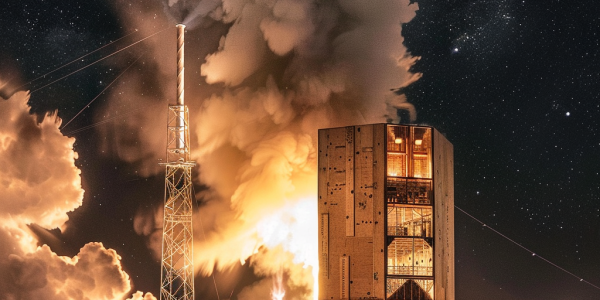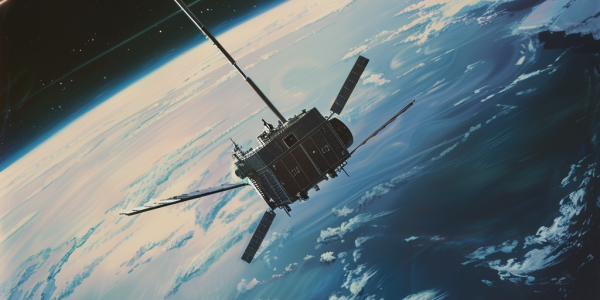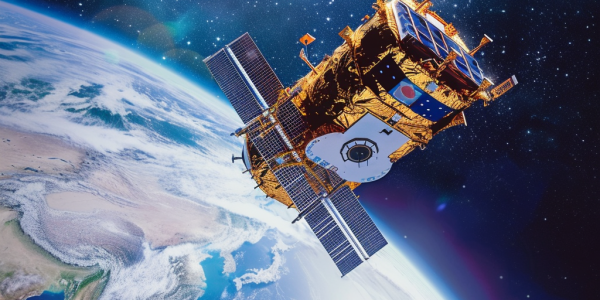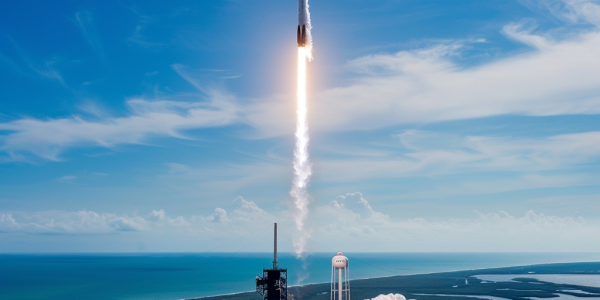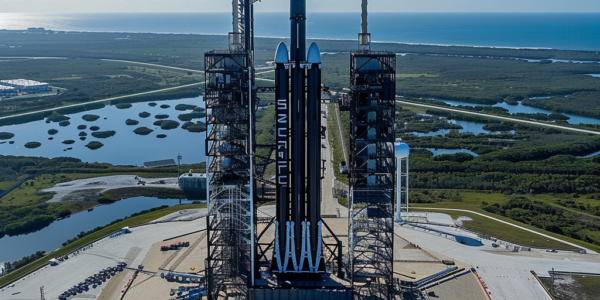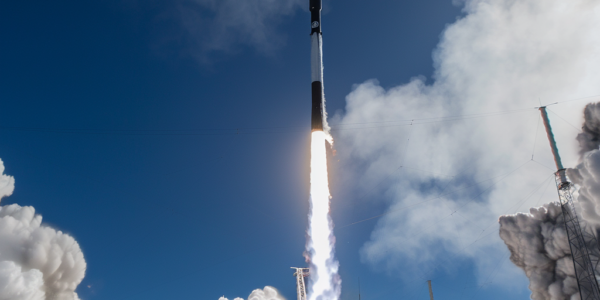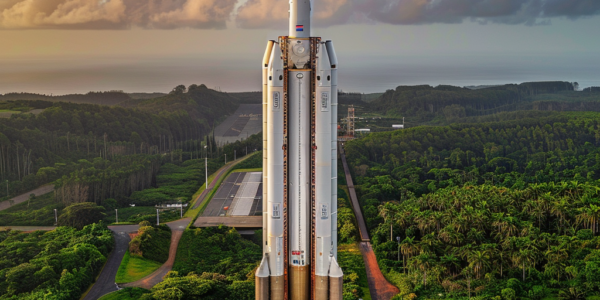Japan Launches World’s First Wooden Satellite, LignoSat
Japanese scientists have launched LignoSat, the world’s first wooden satellite, marking a milestone in sustainable space exploration. This innovative project aims to assess wood as a viable alternative to traditional metals in satellite construction, highlighting the potential for eco-friendly materials in the aerospace industry.
Mystery Surrounds UK’s Oldest Satellite Skynet-1A After Unexplained Orbital Shift
The mysterious relocation of the UK’s oldest satellite, Skynet-1A, raises critical questions about satellite management and space debris. Originally launched in 1969, this defunct satellite has shifted to an unexpected orbit over the Americas, posing potential collision risks with operational satellites. Experts emphasize the importance of transparency and international collaboration in addressing the challenges of space debris and ensuring safe space operations.
ESA’s Draco Mission: Pioneering Spacecraft Reentry and Debris Mitigation
The European Space Agency (ESA) is set to launch the Draco mission in 2027, aimed at enhancing our understanding of spacecraft reentry and mitigating space debris. This innovative mission will gather critical data during satellite reentries, contributing to the development of ‘designed for demise’ satellites and advancing sustainable space exploration. With a focus on environmental impacts and safety, Draco represents a significant step towards a zero debris future in orbit.
York Space Systems Achieves Milestone in Satellite Maneuverability for U.S. Defense
York Space Systems has achieved a significant milestone by demonstrating advanced orbit maneuverability with its Tranche 0 satellites, enhancing U.S. national defense capabilities. This breakthrough validates essential technologies for collision avoidance and secure communications, solidifying York’s leadership in aerospace innovation. The successful demonstration marks a pivotal advancement in military operations, showcasing York’s commitment to providing cutting-edge solutions for evolving defense needs.
Japan’s Space Junk Cleaning Mission Achieves Milestone
Japan’s space junk cleaning mission, led by JAXA, achieved a milestone with the successful launch of the ADRAS-J satellite. India appoints new minister for key technology portfolios, while an Indian national is sentenced for deleting virtual machines. Hong Kong introduces a robot dog to detect pollution, providing innovative solutions to environmental challenges.
SpaceX Falcon 9 Rocket Launch on Memorial Day 2024
Exciting news for space enthusiasts and holiday weekend goers in Florida! Witness a SpaceX Falcon 9 rocket launch on Memorial Day 2024 from the Space Coast. Check out the rocket launch calendar for upcoming missions and find the best viewing spots. Stay updated with FLORIDA TODAY’s live coverage and don’t miss the chance to see the marvel of space exploration!
China Attempts to Salvage Stranded Spacecraft Intended for Moon
China is making efforts to salvage spacecraft stranded in lunar orbit after a rocket malfunction. The spacecraft, initially intended for the moon, have been tracked in a high Earth orbit, indicating an attempt to save the mission. This suggests China’s commitment to the success of its space missions and a potential recovery of the spacecraft’s original purpose.
NASA and SpaceX Announce New Launch Date for GOES-U Satellite
NASA and SpaceX have announced a new launch date for the GOES-U satellite, the fourth and final satellite in the National Oceanic and Atmospheric Administration’s (NOAA) Geostationary Operational Environmental Satellites (GOES) – R Series. The launch is now scheduled for Tuesday, June 25, following the identification of a liquid oxygen leak during routine testing in February, which required repairs and testing of the Falcon Heavy core booster. The GOES-R Series Program, overseen by NOAA, is managed through an integrated NOAA-NASA office, with NASA’s Goddard Space Flight Center handling the acquisition of the spacecraft and instruments.
New Zealand’s First Satellite Payload ‘Korimako’ Successfully Launched
New Zealand achieves a significant milestone in space operations with the successful launch of its first satellite payload, ‘Korimako.’ The payload, deployed aboard an American satellite, marks a milestone for New Zealand’s defence and space capabilities. The deployment demonstrates international collaboration and showcases New Zealand’s growing significance in the global space arena.
Europe’s Ariane 6 Rocket Arrives at Spaceport in French Guiana
Europe’s new Ariane 6 rocket has arrived at its spaceport in French Guiana, ready to launch a diverse range of missions from nine countries and dozens of organizations. The rocket’s versatility will accommodate missions from established players like NASA to students designing their first-ever satellite, with objectives including measuring gamma rays, tracking wildlife, testing self-healing solar cells, and more. The payloads for Ariane 6’s first flight are sourced from commercial companies, space agencies, and universities, each contributing hardware to test and validate their technology in space, ranging from weather measurement on Earth and in the Solar System to studying the Sun and conducting other scientific experiments.

